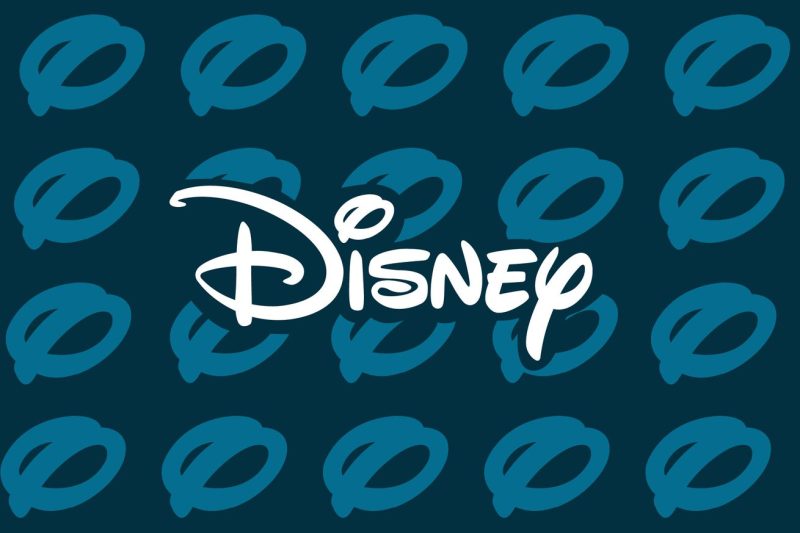In a surprising turn of events, Disney has made the decision to block its channels, including ESPN, ABC, and several others, for millions of DirecTV subscribers. This move has left many subscribers frustrated and seeking alternatives to access their favorite content.
The dispute between Disney and AT&T, the parent company of DirecTV, stems from renegotiation disagreements over carriage fees. Carriage fees are the charges that distributors like AT&T pay to content providers like Disney to carry their channels. These fees are a significant revenue source for content providers and can often lead to contentious negotiations when contracts expire.
While such disputes are not uncommon in the television industry, the blackout of popular channels like ESPN and ABC has caught many subscribers off guard. For sports fans, the loss of ESPN is especially significant as the channel is known for its coverage of major sporting events and exclusive content.
DirecTV has advised its subscribers to explore alternative viewing options, such as streaming services or digital antennas, to continue accessing their favorite programs. This situation highlights the growing trend of cord-cutting, where viewers are opting for streaming services over traditional cable and satellite TV subscriptions.
The blackout of Disney channels on DirecTV serves as a reminder of the complex dynamics at play in the television industry. As companies seek to maximize profits and secure favorable deals, subscribers can often find themselves caught in the middle, facing disruptions to their viewing experience.
Ultimately, the resolution of the dispute between Disney and AT&T will determine the fate of the blocked channels for DirecTV subscribers. In the meantime, subscribers may need to consider their viewing options and make adjustments to their entertainment setup to ensure they can continue enjoying their favorite content. The evolving landscape of the television industry suggests that such disputes may become more common, reinforcing the need for flexibility and adaptability among consumers.

